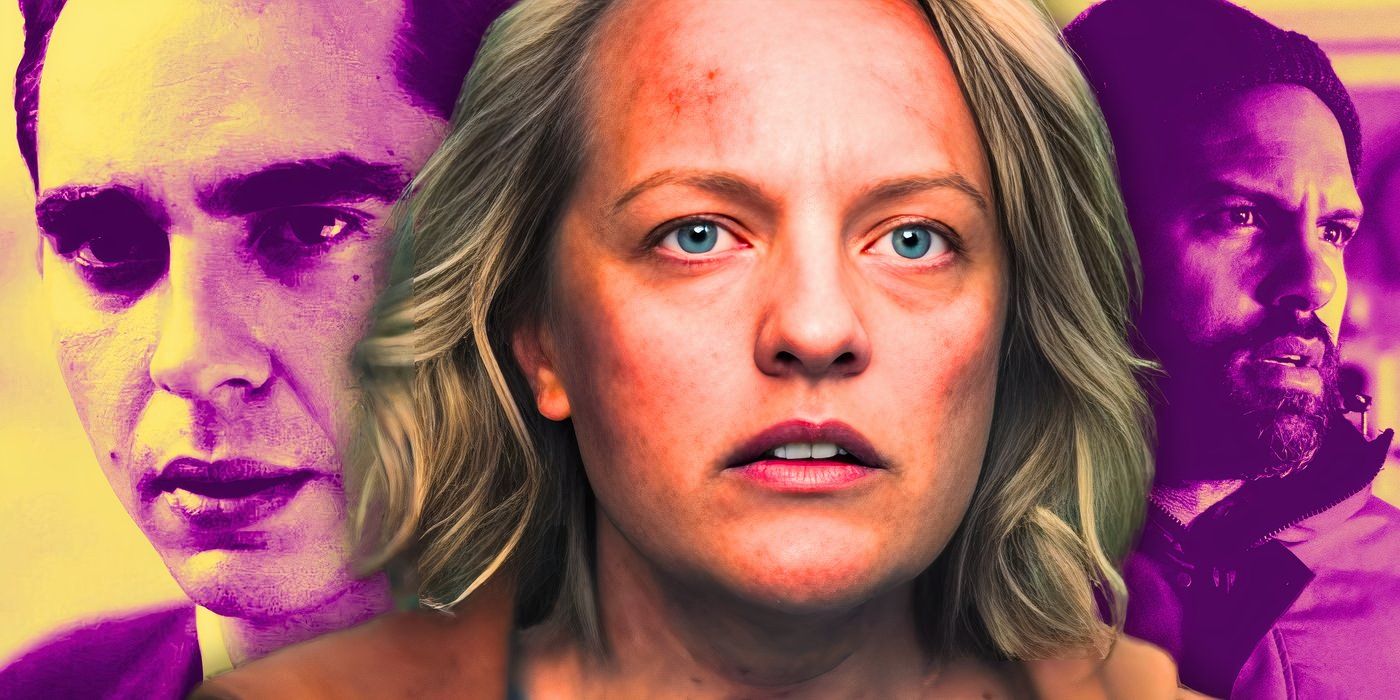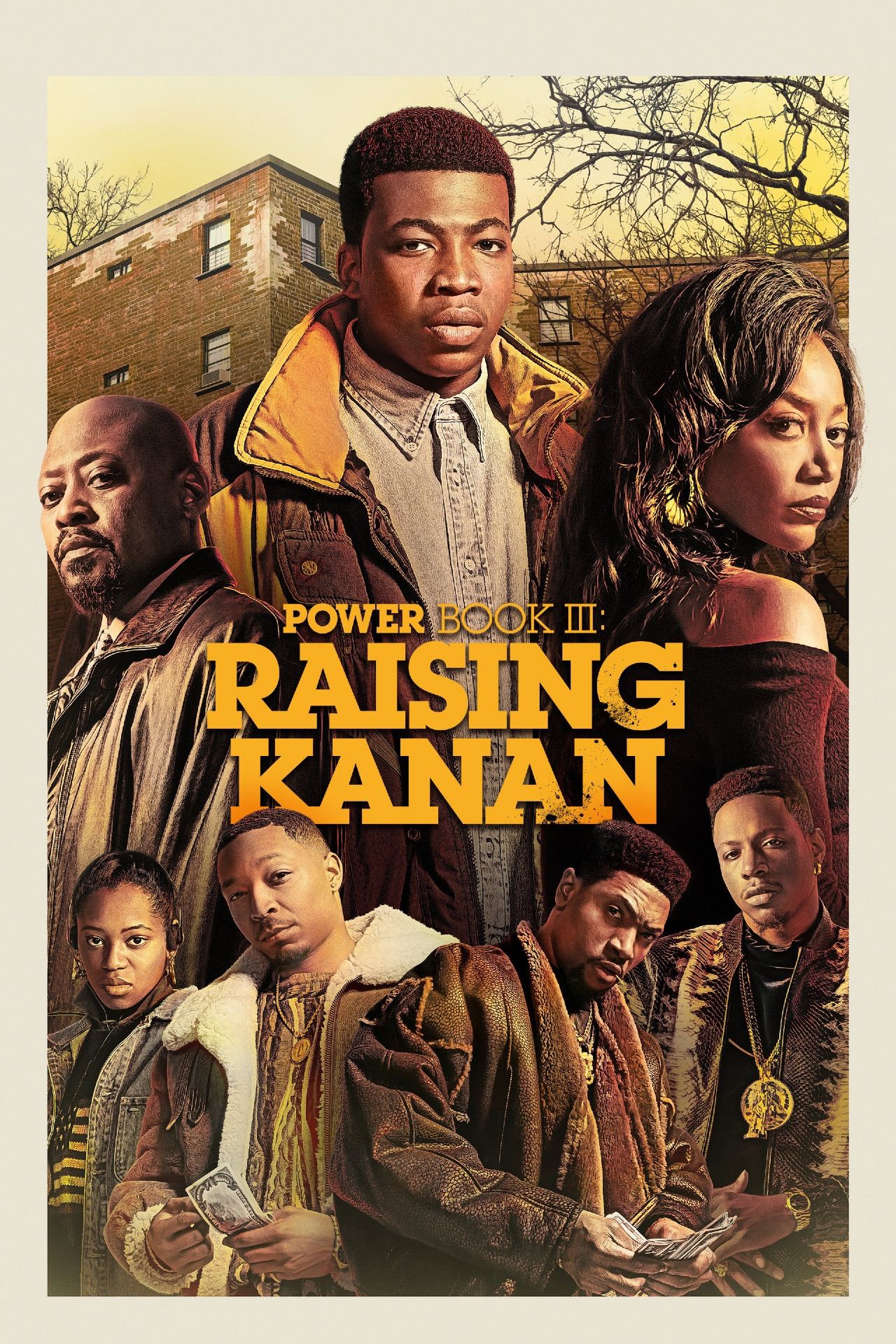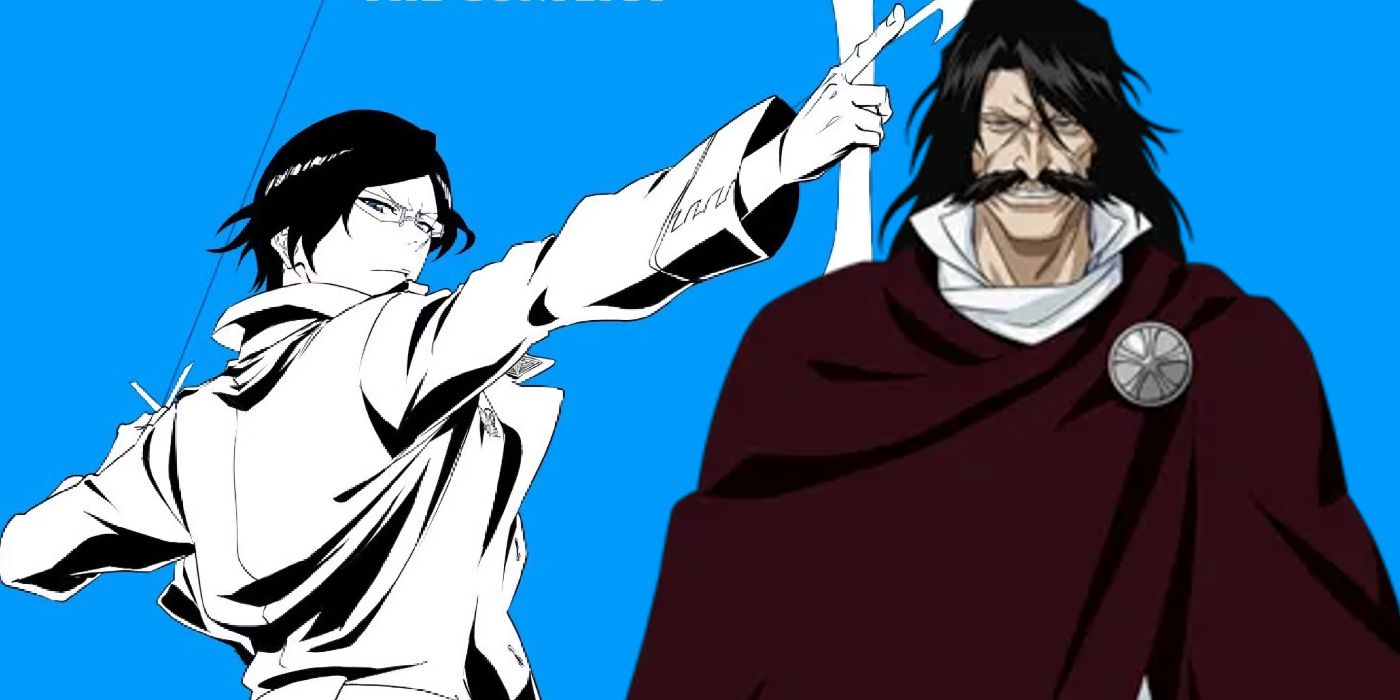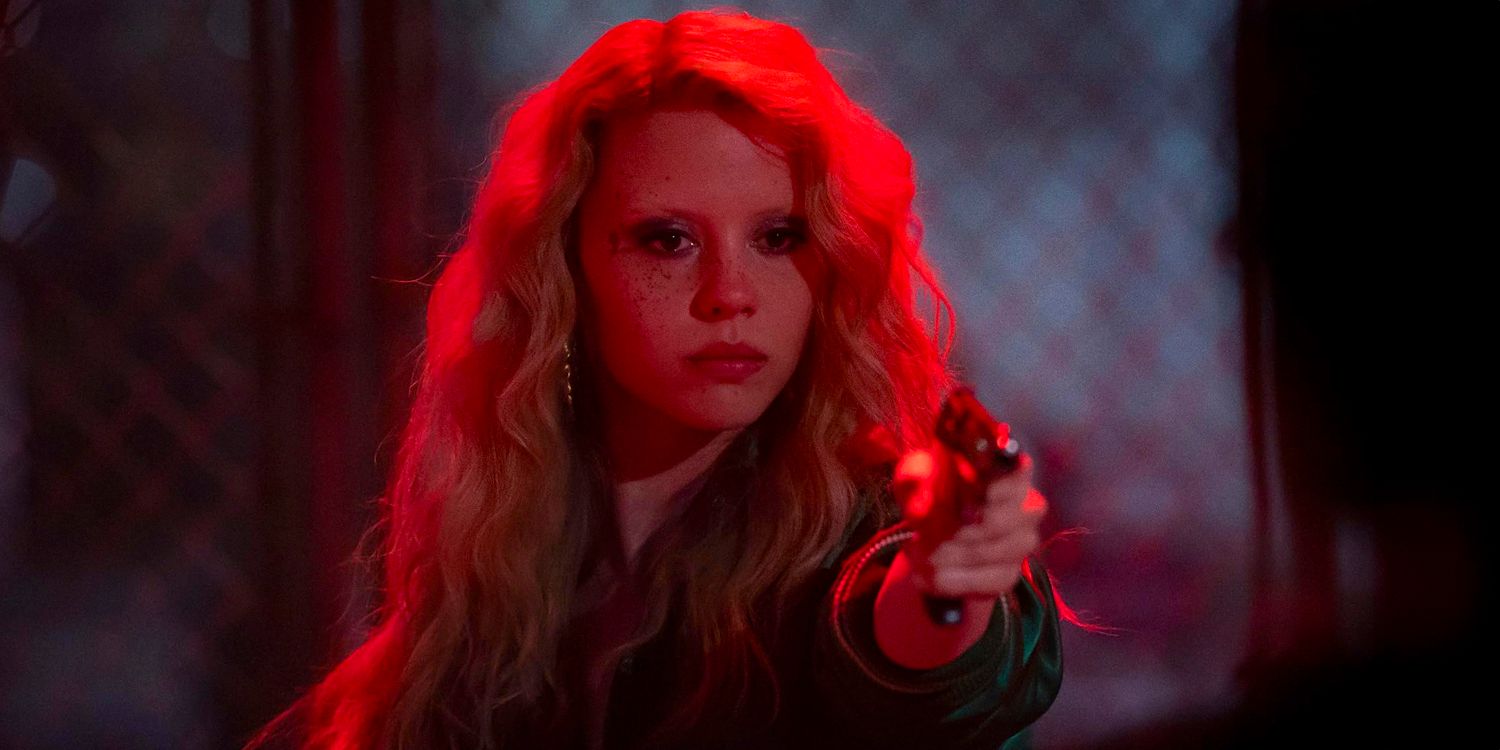It’s been 93 years since the premiere of the very first talkie film, The Jazz Singer, and the beginning of a whole new era of cinema. Given how dominant the medium is in pop culture and society in general, it can sometimes be easy to forget that cinema is one of our newest artforms.
In the 1880s, black and white films were considered novelties, short clips of stuttering movement that fascinated audiences but weren’t considered true competition to theater or literature. It wasn’t until the 1910s when film companies moved West to Southern California to avoid legal issues with Edison Studios, the firm that owned the patents to many of the cameras used by burgeoning movie-makers, that America’s film industry exploded.
Over the course of the next 20 years or so, film became a mighty force in American entertainment. The star system evolved and made celebrities of the actors on-screen, and the format became a true art-form. These films were all silent and in black-and-white thanks to the still-primitive nature of the technology. It wasn’t until 1927 that a movie came along and introduced the world to the concept of the talking picture, or “Talkie.”
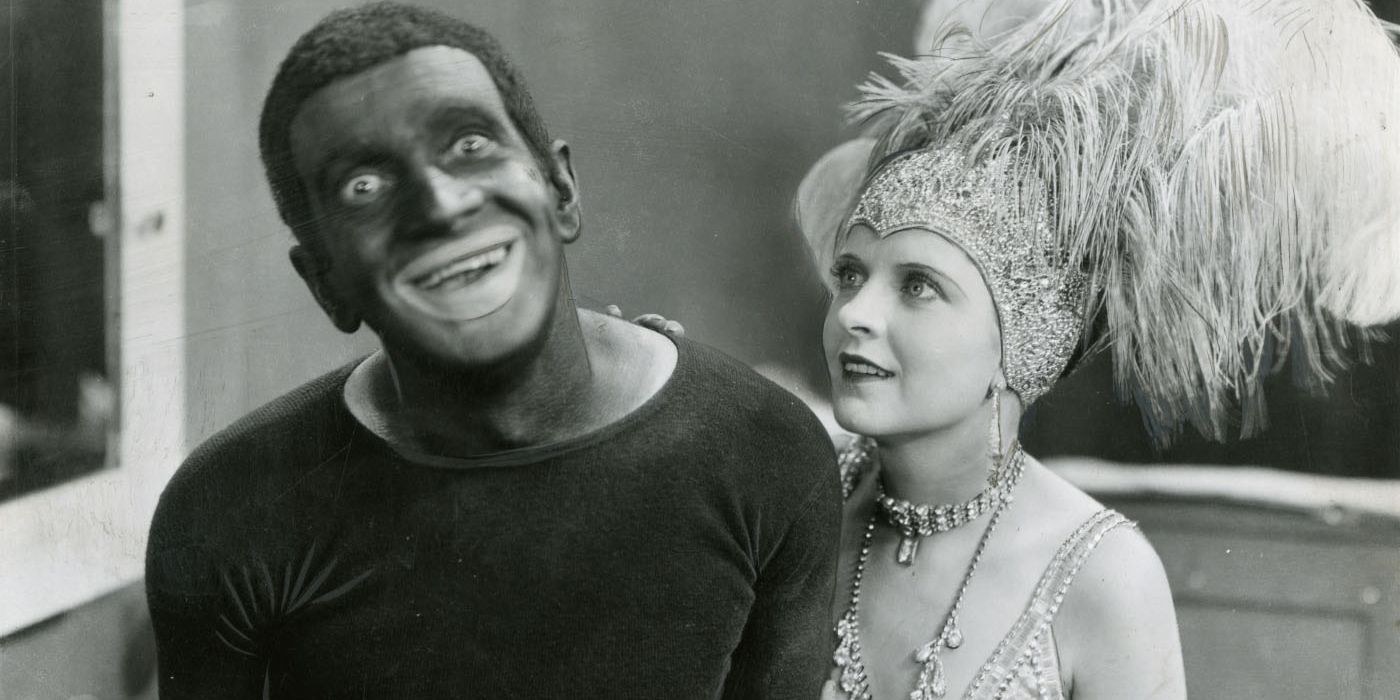
The Jazz Singer, produced by the legendary Darryl F. Zanuck, was a star vehicle for Al Jolson, a popular singer and stage performer who was America’s highest-paid entertainer in the ’20s. The film told the story of a young Jewish man who defies his devout father’s wishes and runs away from home to become an entertainer. Jolson’s character becomes a wildly popular jazz singer but struggles to let go of his past and his cultural heritage. The Jazz Singer was one of the biggest box office hits of 1927 and ended up winning an honorary Academy Award for Darryl F. Zanuck. In just a few short years following The Jazz Singer‘s release, Talkies became the default form of cinema, a change that led to the end of many silent actors’ careers as they found that they simply weren’t able to do the job when it required them to speak.
Contrary to popular belief, some earlier films had included sound before The Jazz Singer, but these were only experimental short subjects intended for exhibitions, or titles like the John Barrymore drama Don Juan that featured a synchronized musical score and sound effects but no spoken dialogue. The great hook of The Jazz Singer was that audiences could see Jolson sing and talk, although there’s still not all that much dialogue in the movie. This feat of filmmaking happened through the use of an early sound system known as Vitaphone. Established by Warner Bros., Vitaphone was a sound-on-disc system mostly intended to provide a synchronized musical accompaniment to movies. The sound was not part of the film itself. Projectionists would play the movie and Vitaphone phonograph records would be played on a musical turntable attached to the projector motor to achieve the synchronicity between sound and vision.
When discussing The Jazz Singer and its place in Hollywood history, it’s important to address the film’s most pernicious aspect: Blackface. Jolson’s career was defined by his performances in blackface and his offensive mimicry of African American people and culture. Jolson was even dubbed “the king of blackface performers.” Blackface, or “minstrel” shows, were still a major part of American entertainment in the 1920s, and it is the core appeal of The Jazz Singer. Jolson spends much of the movie in blackface. It forms the creative and emotional heart of his character’s narrative. The climax of the film sees Jolson in blackface singing “My Mammy,” a song about a white man’s love for his Black mammy, to his own white mother. While many films included and would go on to feature blackface, seldom would it be the heart and purpose of a movie as it is with The Jazz Singer. Even the remake of the movie, released in 1980 and starring Neil Diamond, includes blackface.
It is hardly coincidental that the two films celebrated as pioneering modern Hollywood – The Jazz Singer and D.W. Griffith’s lavish tribute to the Klu Klux Klan, The Birth of a Nation – are both highly racist pieces of work. The roots of the American film industry are rooted in racism and that is a detail that should not be overlooked, especially as we contextualize how Hollywood and film as a whole came to be the cultural behemoth they are today.
